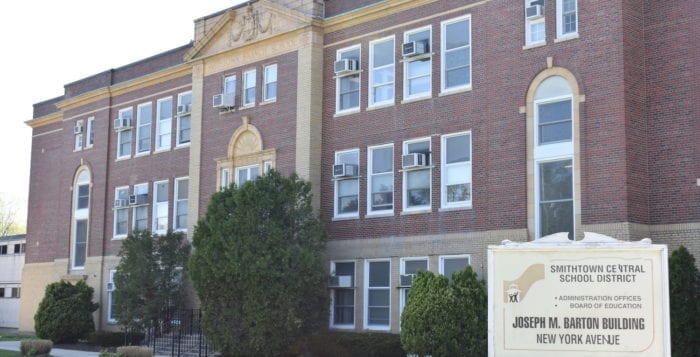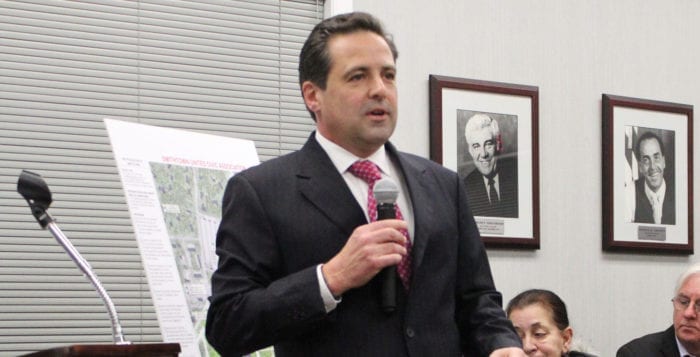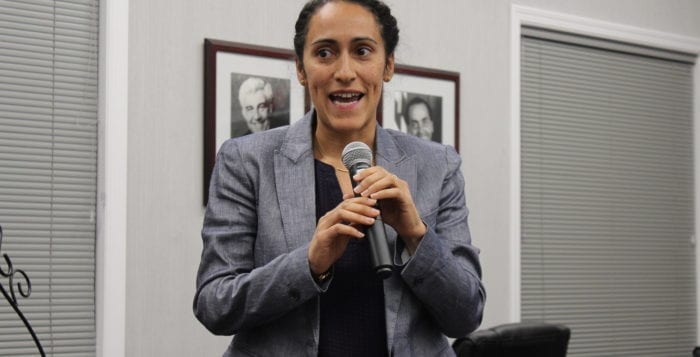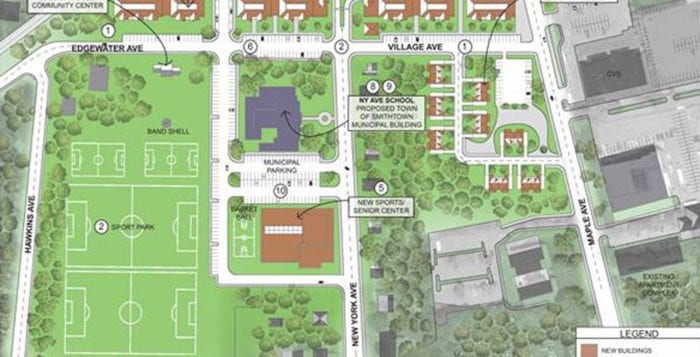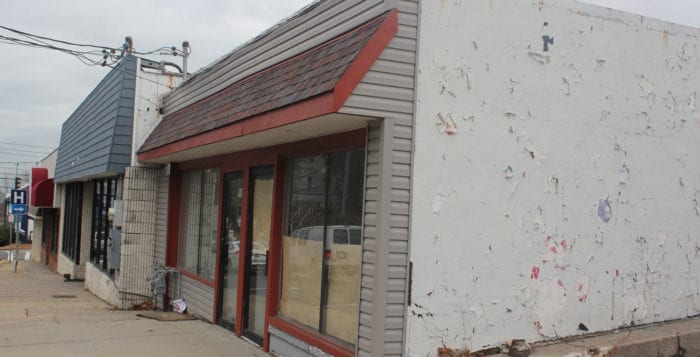By Kyle Barr
Smithtown might finally be coming together, literally. Town officials are getting appraisals of town-owned property as a first step toward consolidating town departments under one roof.
“We need to consolidate, no doubt about it,” Supervisor Ed Wehrheim (R) said. “Though how we do it depends on how much it’s going to cost the taxpayer. We’re going to look for the most economical way to do it.”
At a May 8 meeting, Smithtown’s Town board unanimously approved retaining the services of Mineola-based Michael Haberman Associates Inc. to perform appraisals of four town-owned and operated buildings. The cost of the appraisals is not to exceed $10,000, and Wehrheim said it will be a few months before the town has results.
“I don’t see [ the New York Avenue building] as a plausibility at this moment in time.”
– Tom Lohmann
The properties to be evaluated to determine their real estate value are: 40 Maple Ave. in Smithtown, where the town comptroller and assessor offices are; 124 Main St. in Smithtown, currently home to the engineering department and department of environment and waterways; 23 Redwood Lane, which houses the building department and its neighbor, 25 Redwood Lane, which contains both the planning and community development department.
Wehrheim said that the properties chosen for appraisal are already costing the town money for annual maintenance.
“Those structures are pretty old buildings,” he said. “They require a lot of maintenance in terms of heating, air conditioning, … etcetera. We’re gonna save that much money right off the bat for the taxpayer.”
Councilman Tom Lohmann (R) said that one of the big perks that will come with consolidation will be residents will no longer have to travel a good distance to meet with several different town departments.
“We need to consolidate, no doubt about it.”
— Ed Wehrheim
“The other part is one stop shopping,” Lohmann said. “You got to go down to the town clerk, you got to go to the town attorney, the tax receiver’s office, you have the tax assessment, it wouldn’t be a big difficulty. If you have all those entities here you’re not running around all over the place.”
Some town-owned properties are not included in the appraisal because they are simply too large to be included or moving their base of operations would be too costly.
“The highway department’s got big operations, the parks department’s got a big set of operations, waste services is large, those we can’t consolidate,” Lohmann said. “Public safety you won’t because there is too much money invested just with the telecommunications systems.”
There are currently two options for consolidating, according to Wehrheim. The supervisor said the town is looking again at potentially purchasing the Smithtown school district’s administrative offices, the Joseph M. Barton Building on New York Avenue, for moving town hall. The second option is for the town to build an extension onto Town Hall itself.
“The highway department’s got big operations, the parks department’s got a big set of operations, waste services is large, those we can’t consolidate.”
— Tom Lohmann
Smithtown United Civic Association, led by President Tim Smalls, presented a proposed plan for downtown revitalization that pushed for Smithtown town government offices being consolidated into the New York Avenue building.
Lohmann said that he believes the school-owned building is not feasible because of its need for extensive renovations.
You’re talking about over $2 million to do cleanup and an abatement there, then a redesign,” he said. “I don’t see that as a plausibility at this moment in time.”
David Flynn, the town’s planning director, said consolidation is not as big a deal for his department in the age of computers and easy telecommunication.
“Of course, it will make some difference, but in the current world where people use phones and computers for communication it means less than it would of 20 years ago,” he said. “Would it be more convenient to meet with somebody, sure.”
Whether or not Flynn and his department moves is all going to come down to comparing the costs of keeping the buildings or consolidating them.
“It all depends on running out the costs for both scenarios, how much the cost is for heat, light, water and other kinds of maintenance,” he said. “I think you estimate it either way and see what the costs are.”

